We review the next generation of Denshi Jisho, currently in beta.
One of our major online resources, Denshi Jisho, is changing. The new version, currently in beta, is a radical overhaul. It looks nothing like the green and friendly Jisho that we are all familiar with. Is this update a big improvement or a disappointment?
Let’s see what it looks like (click for enlarged view if you wish):
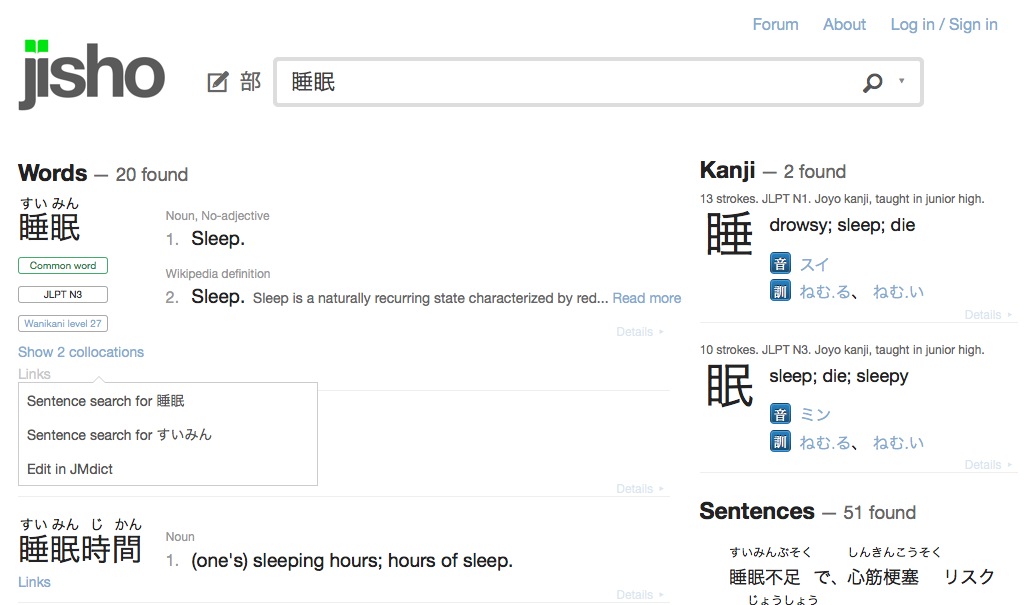
At first it looks comparatively stripped-down and one may wonder if it has all the functionality of the old version. In fact it does, though it takes a short time to work out where things are now. It also has various functions it lacked in the past.
New features of 2nd Generation Denshi Jisho
Collocations: This feature is definitely the top of my list. It is slightly tucked-away and many users may not be aware of it. You will be, and you should be.
Just above the “Links” button in the left column is a button saying how many collocations are found using the word. Click the link and a pop-up appears with the collocations – and, yes, you can use Rikaichan in the pop-up.
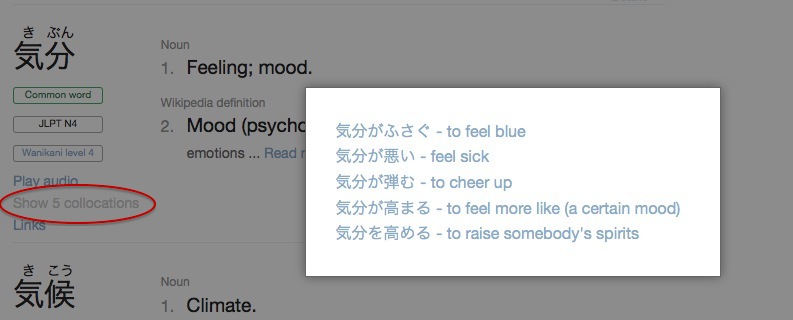
Collocations are a somewhat-neglected fundamental of language-learning, as I was recently trying to explain. A great deal of the time, a word is going to be found in a frequently-recurring collocation or (word-pairing or word-group). Don’t be afraid of collocations. They aren’t clichés, they are building blocks of language. Children often learn and use collocations before they become aware of the word-boundaries within them*.
Learn a word’s main collocations along with the word itself – it will give you a wonderful head-start in knowing how to use your vocabulary.
Collocations aren’t always that easy to track down (since they are still a rather neglected aspect of language) so having them built right into Jisho is a truly important development.
Kanji details: limited kanji details are now right there on the page. You can still click for greater detail and you will still need the Rikaichan toolbar (or at least its search box integrated into your regular toolbar) to get a quick breakdown of the kanji’s radicals. But it does inform you, with no further searching, about the component kanji of a multi-kanji words.
Sentence links: The link to the sentence database is not so immediately obvious (you have to click the “links” link to open the sub-menu). However there is one very useful change. You can now search for the word in either kanji or kana. This is convenient because Jisho always gives the kanji, so when a word is usually written in kana (you rarely see 有難う for ありがとう, for example) the sentence-finder comes up with no results until you retype it in kana. This little annoyance has now been resolved.
Wikipedia definitions: There are now Wikipedia definitions of words (in English) on the page – in case you didn’t know what the word meant even in English. There are definitely cases where this can be useful, though it is perhaps a little doubtful whether the extra on-page clutter all the time is really worthwhile for saving one the extra click to Wikipedia on the few occasions one actually needs it.
Inflections: There is now an on-page pop-up giving the inflections/conjugations of verbs and adjectives.
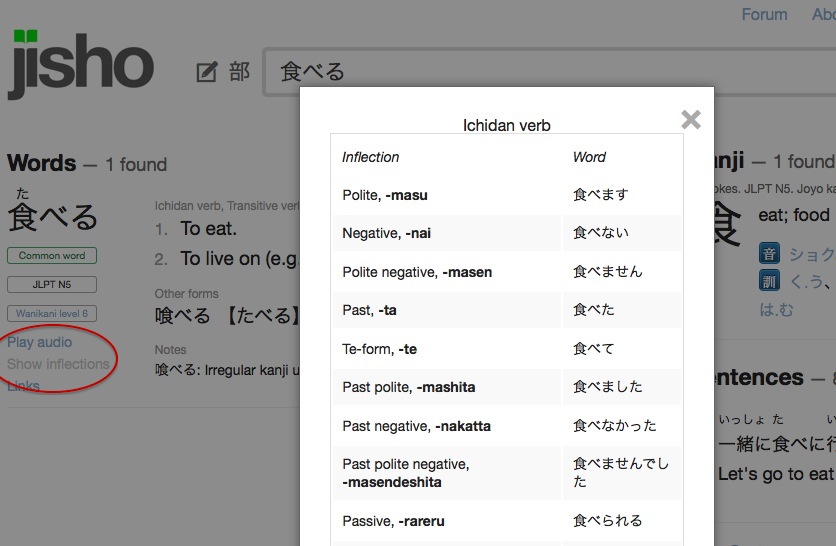
At one time I used to search words on conjugation sites all the time. Japanese is so regular that this shouldn’t really be necessary, but I used to get confused and want to make sure. These days I almost never need to do this (if I’m at all nervous I type what I think it is and Rikaichan it), but for those at an earlier stage of learning this is likely to be very, very useful.
Single search-box: There are no longer separate search-boxes for English and Japanese – Jisho auto-detects language and even though it still allows mixed-language entries. This is more efficient as the cursor is always in the right box. Less clicking and no typing in the wrong box by mistake and wondering why you don’t find anything (or is that just me?)
Note: Multi-language searches are useful, for example, when you want “That word for contacting someone that has 連 in it”. Type “contact 連” into the box and you get 連絡 which is what you were looking for. It works if you only know the pronunciation – so “contact れん” will get you the same result. Unfortunately, in both old and new Jisho, it only seems to work with the first element of the word. “Contact 絡” (or らく)gives no result. Though, oddly enough, it still searches the kanji and in this case the first example sentence using the kanji uses it as part of 連絡. Okashii ne!
Audio: Many entries now have an audio button so you can hear the word spoken.
Furigana: Rather than have the kana in a separate column from the kanji, the new Denshi Jisho shows it as furigana over the kanji, while the kanji themselves are bigger without having to mouse over them. This is a better use of space, makes the kanji easier to recognize. Perhaps more importantly, the sentences section also features furigana now which makes the sentences much easier to read if there are a few unknown kanji
Other information: The new Denshi Jisho is an ongoing project currently in beta, so new things are still being added. The “more reading” section is a very welcome addition. Where words have special grammatical uses, for example, links are sometimes provided to Tae Kim’s excellent grammar resource:
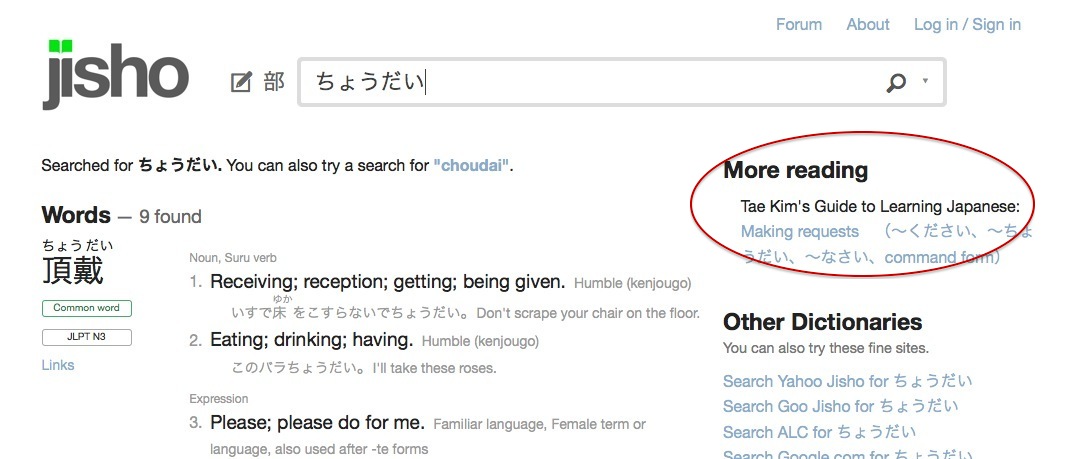
The stated aim of Denshi Jisho is to become an all-in-one learning and research resource and it certainly seems to be on the way to achieving that. There are a few areas in which the old Denshi Jisho is better. Currently, while one can filter searches in many more ways than before (click the down-arrow next to the magnifying glass in the search box) one can no longer search the names dictionary specifically (useful when trying to find names for characters in stories or RPGs).
To find the kanji-by-radical search tool, by the way, click 部 next to the search box. Why 部? I really have no idea!
Where the new Denshi Jisho could do better
There are a few minor minor problems. The inability to search specific dictionaries like the names one, as mentioned above is one. Another is the fact that where a word is written in different ways or with different kanji these are included as an addendum to the main entry rather than separate entries. While this is more efficient, it also means that there is now no separate indication of which kanji usages are common and which aren’t.
However this is an ongoing project still in beta and I expect these problems to be fixed over time.
The link to my favorite sentence database, Space Alc, is still there, though you now usually have to scroll to find it, under the kanji details and (somewhat unnecessary) first sample sentence. This is a minor inconvenience to those of us who like to move on from the definition to the large database to get the feel of how a new word actually works.
There is also now an indication of a word’s JLPT level. This is only a little useful for most of us, though I can see how it might be helpful for people actually planning to take the JLPT. However, the one missing piece of information I would really like to see is a ranking of the word’s frequency of usage. When learning vocabulary it is very useful to have an idea how commonly a word is used. The “Common word” marker is still there and I am grateful for it. There are about 6,000 common words and some of them are not all that common. I would really like to know which words are, say, in the top 2,000 – not because I only plan to learn 2000 words (I know rather more than that already) but because I really want to be sure I have the core vocabulary fully covered.
This may be more of a concern for autodidacts like this doll, but there are quite a lot of us and proportionately we are probably more likely to be reliant on online resources like Denshi Jisho.
The occasional foul language is still there. This is not good translation since equivalent taboo-words are not found in the same way in Japanese and taboo English is used to translate non-taboo Japanese, thus giving a completely false impression of the import of the words.
Besides this, even for people who think that only children should be allowed protection from mental pollution, this is an educational resource that will be used by children. This is not actually Denshi Jisho’s fault as the problem lies with the open-source databases it uses. We recommend the use of a profanity filter.
These matters aside, the next-generation Denshi Jisho is really an excellent upgrade. For my money, the addition of collocations is by far the most important addition and comes close to doubling the value of this dictionary all by itself. The inflections feature is also likely to be important to newer learners.
The other new features all add up to a better, more efficient, and more usable dictionary.
Our advice: switch to the new beta now. The link is in red at the top of regular Denshi Jisho.
___
* For example, a friend knew a toddler who used gubbadee (cup of tea) to mean “tea” and even referred to a “cup of gubbadee”.
 As my studies have progressed, I have found that immersion has been a very effective tool. Using Japanese is a very important supplement to active study. It can be difficult though. In many ways, it is so much easier to take the path of least resistance and do things in one’s native language, rather than struggle through with the language one is learning.
As my studies have progressed, I have found that immersion has been a very effective tool. Using Japanese is a very important supplement to active study. It can be difficult though. In many ways, it is so much easier to take the path of least resistance and do things in one’s native language, rather than struggle through with the language one is learning.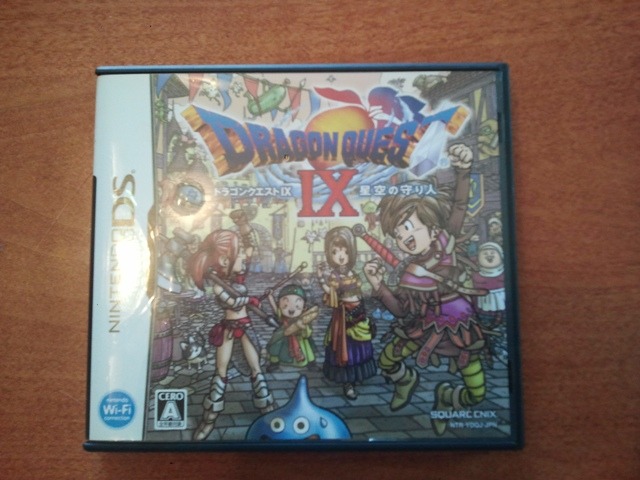 The basic theory is that using Japanese gives me bonuses via positive Habits, and I have to pay to use English using Rewards. I started this with video games, but I have extended this to other areas as well. I can play a game for a half of an hour in Japanese for 5 Gold pieces, and I can get one to three “pluses” under my positive Habit of “extra Japanese,” depending on how much Japanese I had to use in the game. In a role-playing game, such as Dragonquest IX, I can get 3 “pluses” if I have to get through a long plot line or a talk to a lot of people in a town to find out what to do next. I only get one if I spend the entire time fighting monsters in a dungeon, and I get two “pluses” for anything in between. To play a game in English, it costs me 30 Gold pieces to play for the same half of an hour, and there are no available rewards for doing so. So, I can play a game in English if I really want to, but…
The basic theory is that using Japanese gives me bonuses via positive Habits, and I have to pay to use English using Rewards. I started this with video games, but I have extended this to other areas as well. I can play a game for a half of an hour in Japanese for 5 Gold pieces, and I can get one to three “pluses” under my positive Habit of “extra Japanese,” depending on how much Japanese I had to use in the game. In a role-playing game, such as Dragonquest IX, I can get 3 “pluses” if I have to get through a long plot line or a talk to a lot of people in a town to find out what to do next. I only get one if I spend the entire time fighting monsters in a dungeon, and I get two “pluses” for anything in between. To play a game in English, it costs me 30 Gold pieces to play for the same half of an hour, and there are no available rewards for doing so. So, I can play a game in English if I really want to, but…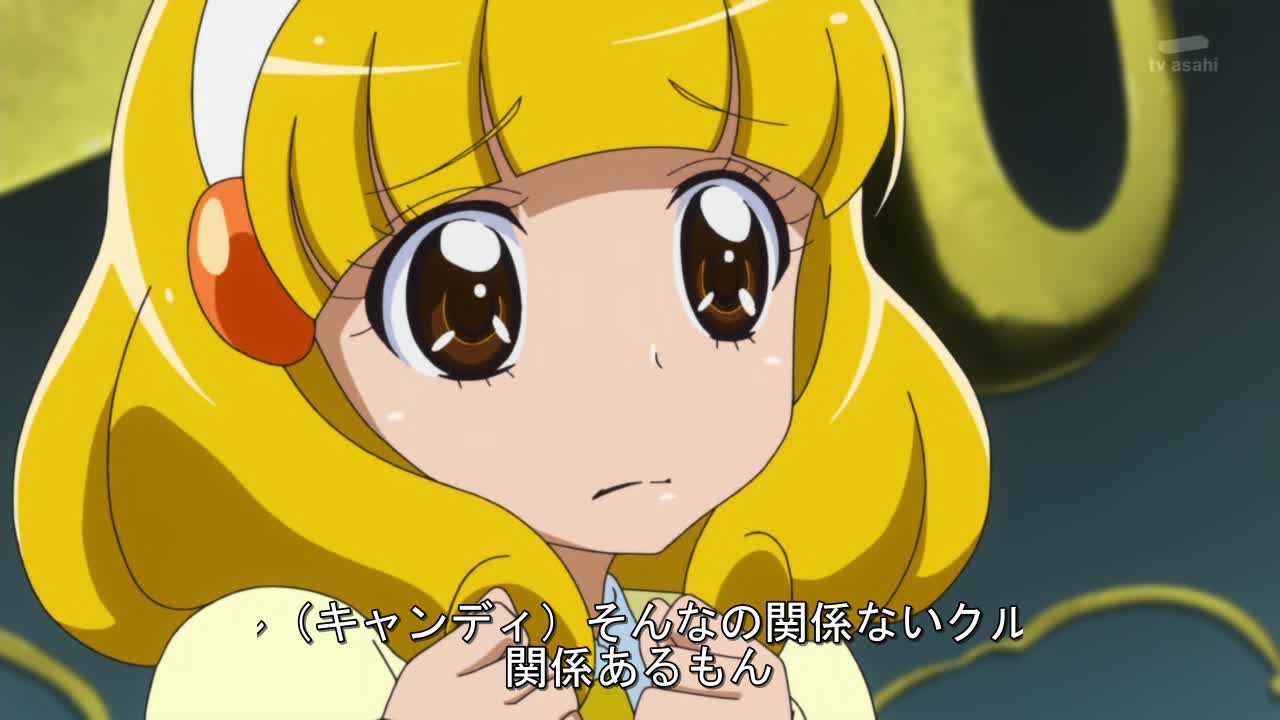

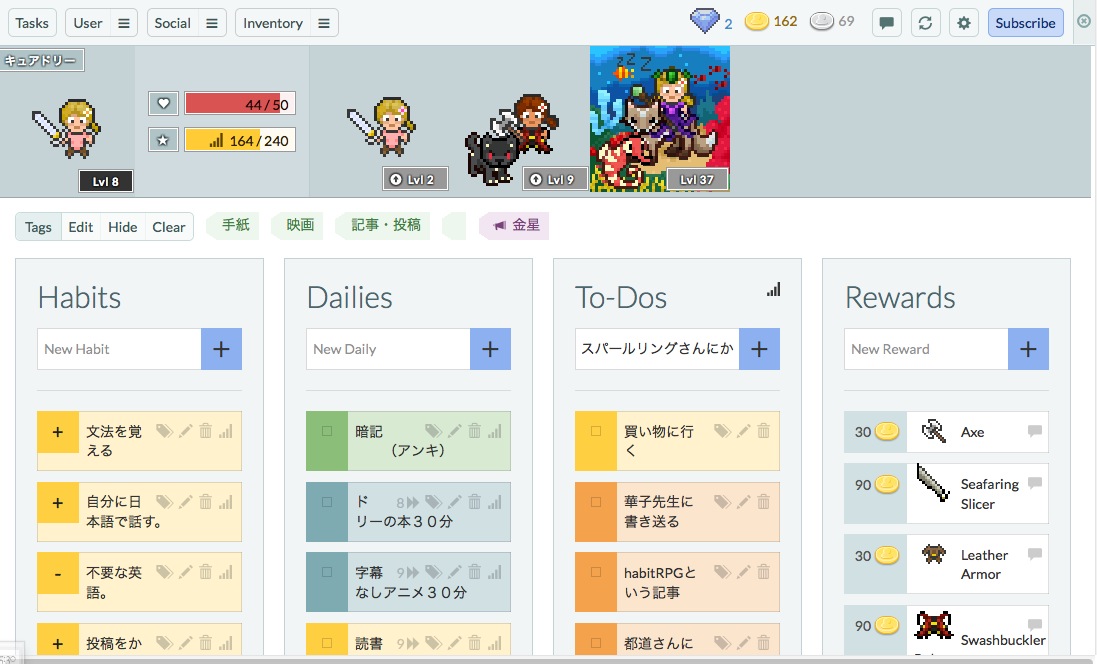
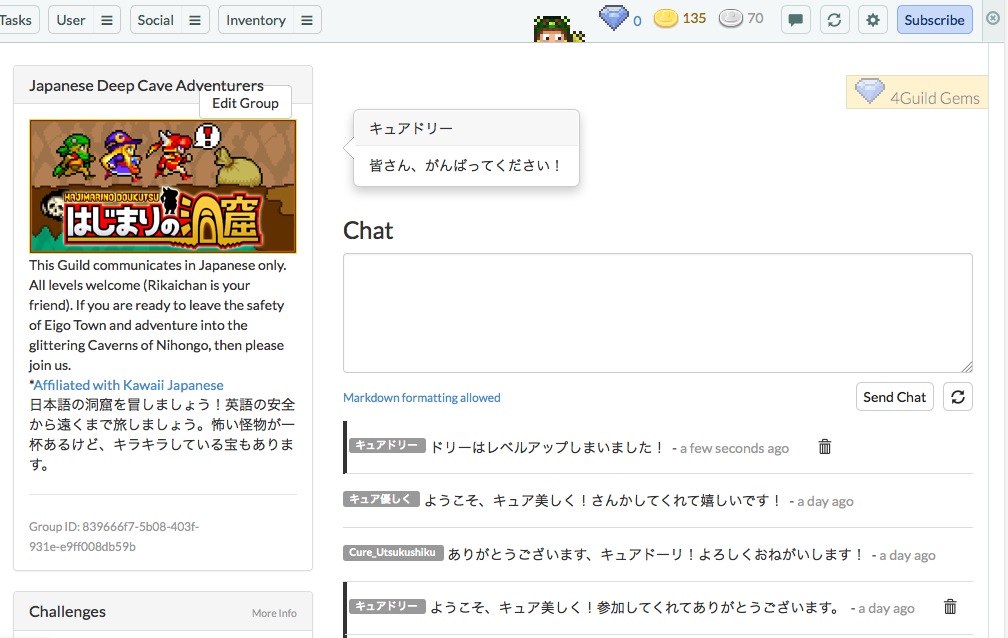







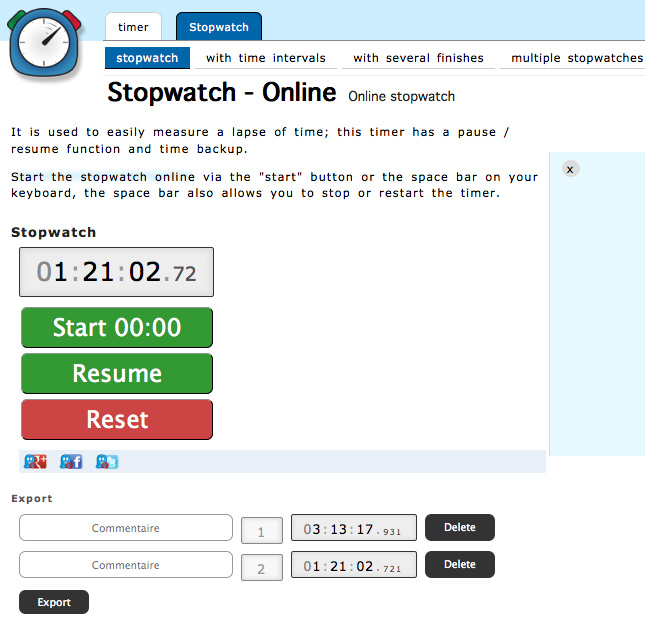
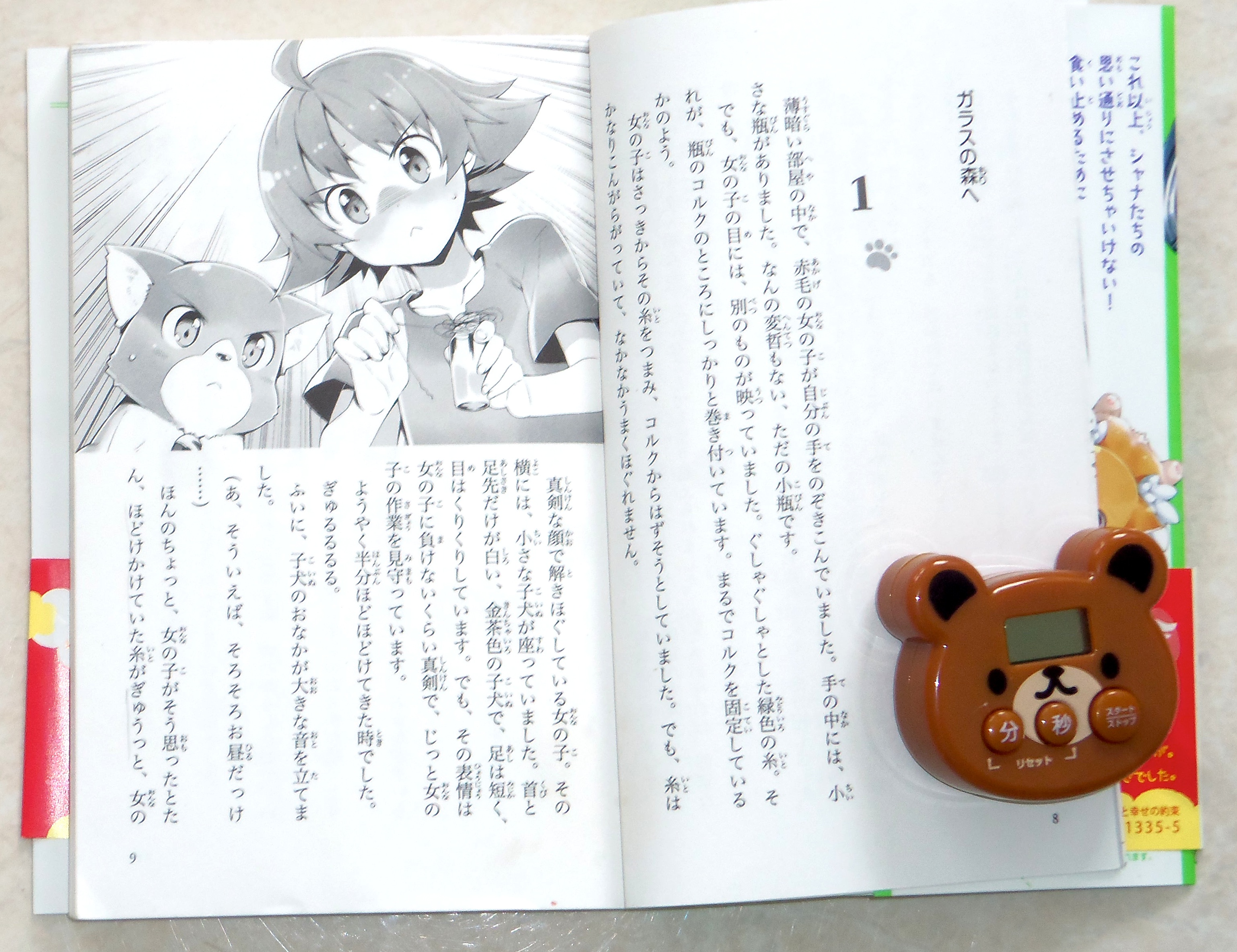
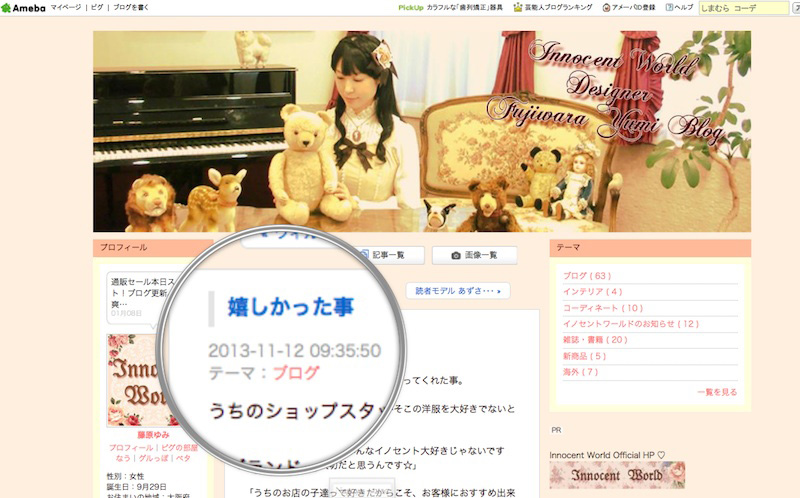

 2018 UPDATE: Rikaichamp does not have the search box, but you can get this window by pressing return while the regular pop-up window is active.
2018 UPDATE: Rikaichamp does not have the search box, but you can get this window by pressing return while the regular pop-up window is active.